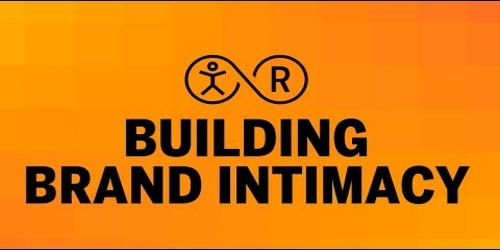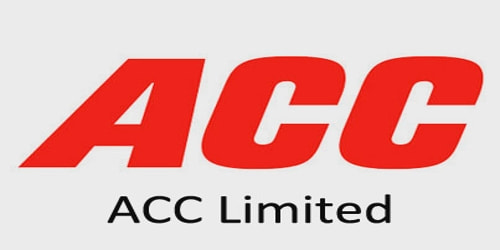The definition of discount is reduced prices or something being sold at a price lower than that item is normally sold for. An example of something described as the discount is a purse sold for 50 percent off its normal price or a store that focuses on selling designer items at below-market prices.
Stores will often sell items for a discounted sales price. The store will discount an item for a percent of the original price. For example, an item that originally cost $20 may be discounted by 25%.
- To find the amount of discount calculates 25% of $20. ($20.00*25/100=$5.00)
- Subtract the discount from the original price to find the sale price. ($20.00-$5.00=$15.00 sales price).
- Terms you may see for discounted items are 50% Off, Save 50%, Discounted by 50% etc.
Advantages of Discount Pricing
Discounts to compensate volume customers, repeat customers and employees establish consumer faith. Loss leaders are efficient for retailers who require improving traffic to the store. Promotional discounts, used sparingly, offer temporary advantages including maximizing sales, revenue, and profit. During a short-term discount period, more units are sold, allowing the company to decrease inventory and temporarily raise revenues.
- The first and foremost advantage is that it results in extra saving for the consumer, so for example if you want to buy a trouser which cost around $20 but due to some promotional scheme by shopkeeper you get 20 percent discount than you get the same trouser at $16 then this $4 is savings which happened due to discount.
- It results in extra satisfaction because as a customer when you go to shopping and in your mind, you have a certain price which you expect for a product and if you get the product at the lesser price than naturally you will be happy and feel more satisfied.
- Discounts are advantageous to shopkeepers also because by offering discounts they are able to attract customers to their shops resulting in more footfalls and hence are able to sell their dead stock which was lying with them resulting in locking of working capital.
Disadvantages of Discount Pricing
Consider product positioning before choosing a discount pricing strategy. Consumers associate low price with low quality, particularly when the brand name is not familiar. Pursuing a discount pricing strategy increases the chance that your product will be perceived as lower in quality. While you may gain customers who make decisions on price alone, other customers may choose competitor products because of perceived quality. Low prices may drive sales for a limited time, but do not build customer loyalty. When a lower priced alternative comes along, you may lose your hard-earned market share.
- The biggest disadvantage of discounts is that shopkeepers exploit the mentality of customers towards discounts to their advantage by offering outdated and defective products during the discount sale and hence it is the customers who feel cheated or exploited after purchasing discounted products.
- Another disadvantage of discount is that shopkeepers usually increase the price of the product and then offer a discount on increased price which means that customer does not get any benefit from the discount.
Information Source:
















